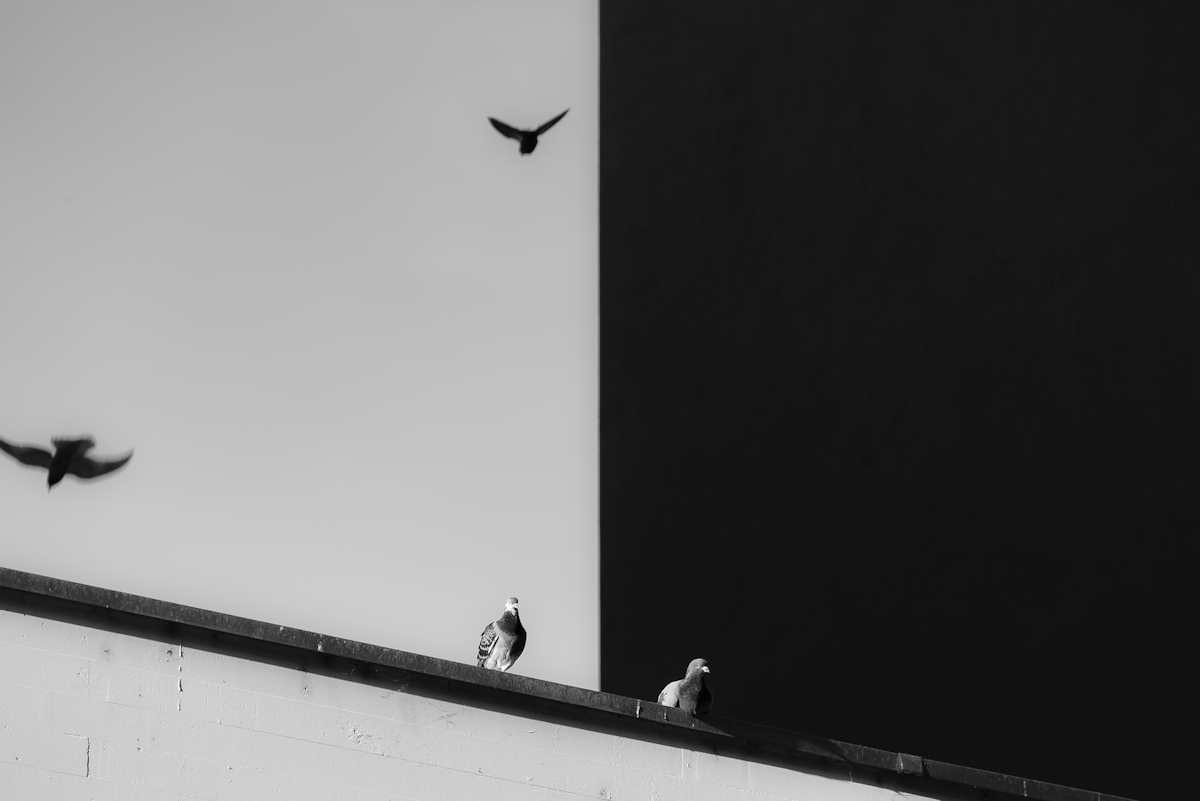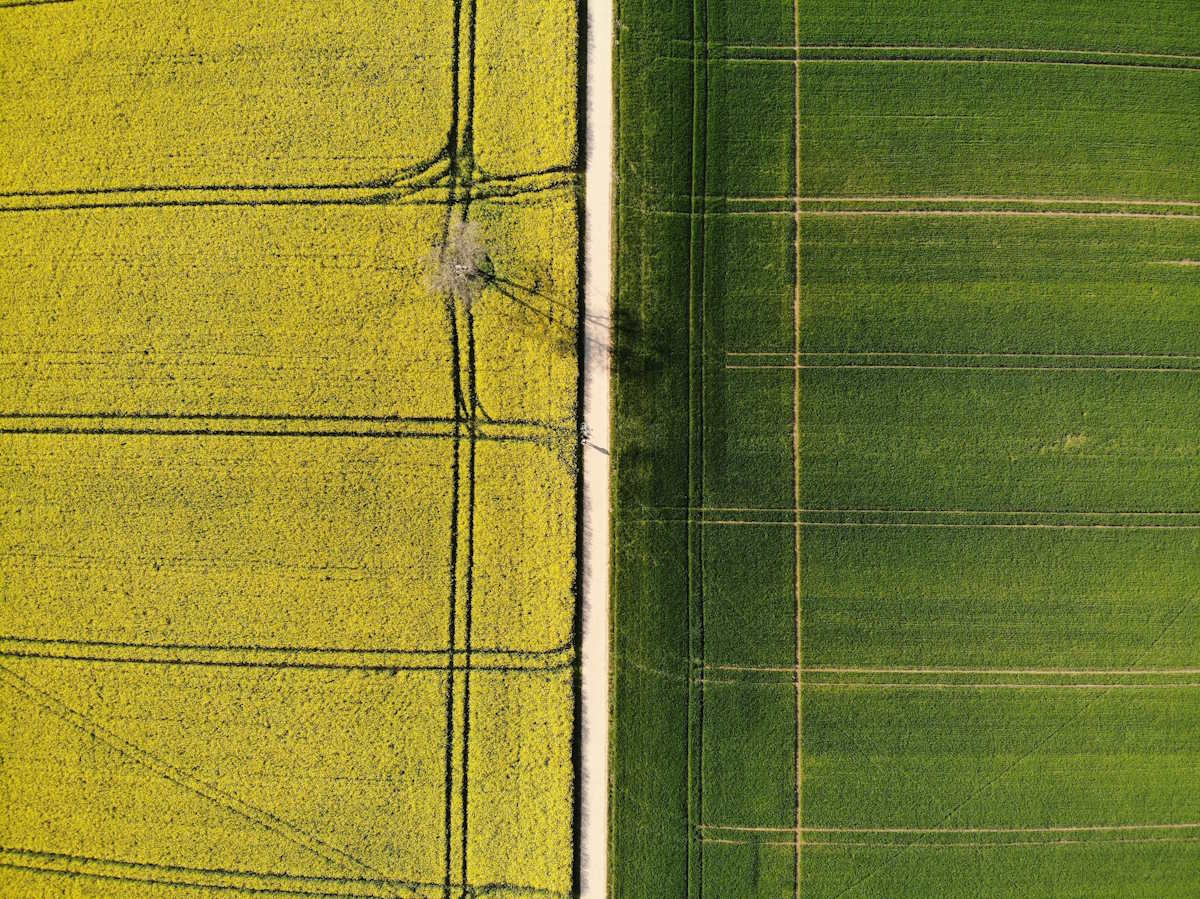Contrast is not called one of the most important elements in photography for nothing. The right choice can turn a picture into a masterpiece, and the wrong choice, on the contrary, will ruin it. Continue reading →
Contrast is not called one of the most important elements in photography for nothing. The right choice can turn a picture into a masterpiece, and the wrong choice, on the contrary, will ruin it. Today we are going to tell you some useful information about contrast and share a few secrets of how to use it to achieve amazing results.


When we use the term, we mean something that is radically different from another thing. When it comes to photography, the concept means the difference between the main elements that are used in the composition.
Often beginners think that contrast is only black and white. It would seem that what could be easier than to take a photo and turn some of its elements into black and others into white? However, it’s not that simple. If that was the end of it, no one would pay so much attention to post-processing or use a contrast enhancer. However, professionals often do. One of the best photo editors that have tools to change contrast is Luminar Neo. Supercontrast (https://skylum.com/luminar/supercontrast) is an AI-based extension, so it makes it easy to make changes to a photo, even for beginners. You can decrease or increase contrast with just three sliders: Highlights, Midtones, and Shadows. This is enough to make your pictures more expressive. The most important thing is that you won’t spend a lot of time on it!


Well, without understanding the types of contrast you can’t move on, right? Let’s take a closer look at them:
When aiming to evoke a tranquil, gentle, nostalgic, or slightly somber mood, opting for low contrast is often the preferred choice. Conversely, if your goal is to capture a sense of drama, mystery, liveliness, or impactful presence, high contrast becomes the natural inclination. By selecting the appropriate level, you can create a unique atmosphere that resonates with the desired emotions and aesthetics of your composition.
Visit photo exhibitions, look at pictures in galleries, and even pay attention to details on the streets. All of this will help you notice the contrast, which means you can develop your artistic vision. Remember, you may not even expect a successful find!
Remember, it’s not always possible to take a good picture. Then picture editing software will come to the rescue. You also need it so you can quickly and easily increase or decrease the contrast in a good photo where you want to emphasize some details.
It’s difficult to get the contrast right, but it’s doable. Practice, take inspiration from everywhere, and you’re sure to succeed!
When you’re ready to upgrade, trusted vendors like ServerMonkey have your back with tested, enterprise-grade…
The best VPS rental choice depends on your specific needs and technical capabilities. Ukrainian companies…
Mental health practice management software supports therapy, privacy, and billing. OBGYN EMR tracks pregnancies, labs,…
Internal Medicine EHR systems manage broad care needs. Mental health practice management software keeps records…
Oncology clinics that use Oncology RCM, Oncology Practice Management Software and Pediatric EHR provide safer…
y implementing these best practices, you can improve the efficiency and reliability of your international…